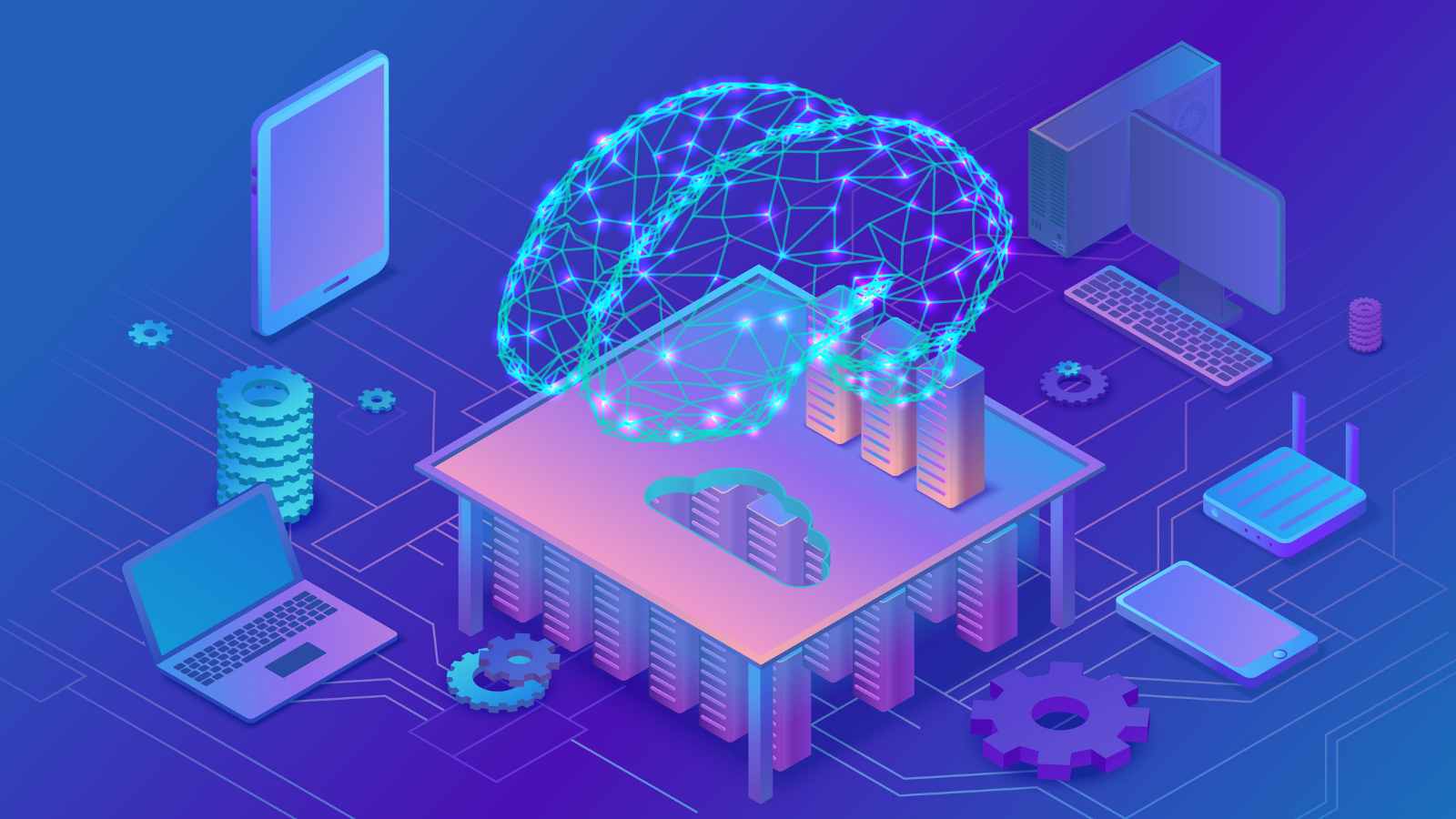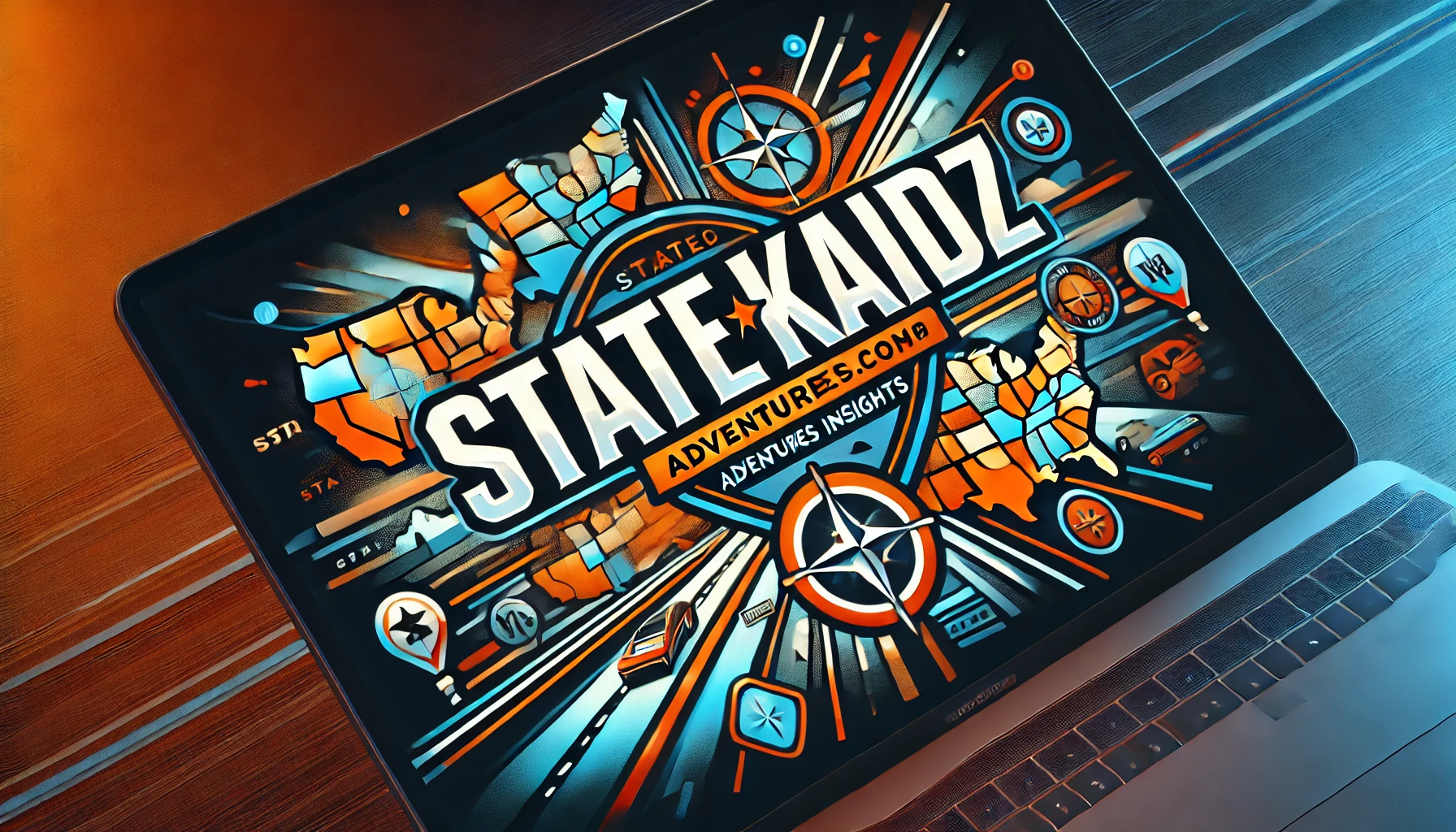
Artificial Intelligence (AI) has transitioned from a futuristic concept to a present-day reality. It now plays a pivotal role in reshaping the foundations of society, from how businesses operate to how individuals interact with technology daily. AI is no longer limited to academic research or sci-fi movies—it has permeated every aspect of modern life, influencing our thoughts, behaviors, and choices in profound ways.
The Evolution of AI: From Concept to Everyday Application
AI began as a theoretical framework aimed at enabling machines to mimic human intelligence. Early attempts focused on rule-based systems and symbolic reasoning. However, with the advancement of computing power and the emergence of machine learning and deep learning algorithms, AI systems have grown increasingly complex and capable.
Today, AI is embedded in our smartphones, home appliances, vehicles, and even financial systems. From voice assistants like Siri and Alexa to facial recognition in security systems, artificial intelligence is redefining user experience across the globe.
Redefining the Way We Work
One of the most significant impacts of AI is on the workplace. Automation powered by AI is streamlining repetitive and labor-intensive tasks, allowing human workers to focus on higher-order responsibilities such as creativity, strategy, and innovation.
In fields such as healthcare, AI is enabling faster diagnostics and personalized treatments. Radiologists are now assisted by algorithms that can analyze medical images with a high degree of accuracy. In manufacturing, AI-powered robots are handling hazardous tasks, ensuring better safety and efficiency on the production floor.
AI is also instrumental in reshaping human resources. Predictive analytics is helping HR teams identify top candidates, improve employee retention, and build better workplace cultures. As a result, organizations are not just becoming more productive—they’re becoming smarter and more adaptable.
AI in Everyday Life: Enhancing User Experience
AI has seamlessly integrated into our daily routines, often without us even noticing. From personalized content recommendations on streaming platforms to smart thermostats that adjust temperatures based on our habits, AI is making life more convenient and tailored.
Take, for instance, the emergence of digital tools like the AI invitation maker, which allows users to create customized event invites effortlessly. These platforms utilize AI to suggest templates, color palettes, and messaging styles based on user preferences and event types, saving time and elevating the final product’s quality.
Smart assistants, predictive text, automated customer service bots—all contribute to a more connected, intuitive, and responsive digital environment. These innovations are not just novelties; they’re becoming expectations.
Shifting Thought Patterns and Human Behavior
Perhaps one of the most intriguing effects of AI is its influence on how we think. With machines capable of solving complex problems and offering instant solutions, there’s a growing reliance on AI to assist in decision-making processes.
This convenience, however, comes with its own set of challenges. The more we depend on machines to think for us, the more we risk diminishing our critical thinking and problem-solving skills. There’s an ongoing debate among educators and psychologists about striking the right balance—leveraging AI to enhance cognition without dulling human intellect.
Social media platforms also demonstrate how AI can influence thought patterns. Algorithms are designed to feed content aligned with our interests and beliefs, sometimes creating echo chambers that reinforce biases. As AI continues to evolve, ethical considerations about data privacy, algorithmic transparency, and user autonomy become even more important.
Creativity and Innovation in the Age of AI
Contrary to the fear that AI will replace human creativity, it is increasingly being used as a tool to enhance it. Artists, musicians, writers, and designers are now using AI-powered platforms to generate ideas, speed up workflows, and push creative boundaries.
For instance, the AI video creator app has revolutionized how individuals and businesses produce visual content. These apps can transform basic scripts or ideas into polished videos using natural language processing and image recognition, significantly reducing the time and resources needed for traditional production.
AI in creative fields is not about replacing the artist—it’s about expanding their toolkit. By handling repetitive tasks or generating options, AI allows creators to focus more on storytelling, emotion, and originality.
Societal Implications and Ethical Dilemmas
As AI continues to influence all aspects of life, society must confront some complex ethical questions. What happens when an algorithm makes a biased decision in a hiring process? How do we ensure accountability when AI systems make errors? Who owns the data that AI uses to function?
Governments, tech companies, and academic institutions are beginning to address these concerns by creating guidelines, regulatory frameworks, and transparent AI systems. Still, there’s a long way to go in ensuring that AI serves humanity equitably and ethically.
Furthermore, the issue of job displacement cannot be ignored. While AI creates new job categories, it also renders some roles obsolete. Preparing the workforce for this transition through education, training, and upskilling programs will be crucial in navigating this evolving landscape.
The Future of Human-AI Collaboration
Looking ahead, the future of AI is not one of domination but collaboration. The most successful implementations of AI will be those that enhance human capability rather than replace it. Human-AI partnerships can lead to breakthroughs in science, medicine, environmental conservation, and countless other fields.
For instance, AI is already aiding researchers in drug discovery by simulating the effects of chemical compounds at a fraction of the cost and time. In education, adaptive learning platforms are tailoring coursework to individual student needs, making learning more inclusive and effective.
As AI becomes more sophisticated, its ability to understand context, nuance, and emotion will improve, leading to more natural and productive interactions between humans and machines. This symbiosis holds immense promise for the future.
Conclusion
Artificial Intelligence is no longer just a technological advancement—it is a transformative force reshaping the way we think, work, and live. From improving efficiency at work to enhancing daily life experiences, AI is embedded in the fabric of modern society. Its potential is vast, but with that potential comes responsibility. As we continue to explore the possibilities of artificial intelligence, it’s essential to remain conscious of its impact, address ethical challenges, and strive for a future where technology serves as a force for good.




